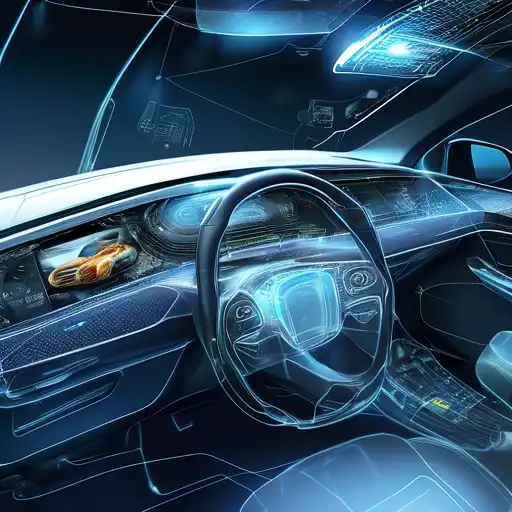Introduction to Embedded Systems in Automotive
Embedded systems have become the backbone of modern automotive engineering, driving innovations that enhance safety, efficiency, and user experience. These sophisticated systems integrate hardware and software to perform dedicated functions within vehicles, from engine control units to advanced driver-assistance systems (ADAS).
The Role of Embedded Systems in Automotive Safety
Safety is paramount in the automotive industry, and embedded systems play a critical role in achieving high safety standards. Features such as anti-lock braking systems (ABS), electronic stability control (ESC), and airbag control are all powered by embedded systems. These technologies work in real-time to prevent accidents and protect passengers.
Advanced Driver-Assistance Systems (ADAS)
ADAS technologies, such as adaptive cruise control, lane departure warnings, and automatic emergency braking, rely heavily on embedded systems. These systems process vast amounts of data from sensors and cameras to make split-second decisions that can save lives.
Innovations Driven by Embedded Systems
Beyond safety, embedded systems are at the heart of automotive innovation. They enable features like infotainment systems, navigation, and connectivity, transforming vehicles into smart, connected devices. The integration of IoT (Internet of Things) with embedded systems is paving the way for autonomous vehicles.
Electric Vehicles (EVs) and Embedded Systems
Embedded systems are crucial in the operation of electric vehicles, managing battery life, power distribution, and energy efficiency. As the automotive industry shifts towards sustainability, embedded systems will continue to play a pivotal role in this transition.
Challenges and Future Directions
Despite their benefits, embedded systems in automotive applications face challenges such as cybersecurity risks and the need for continuous updates. However, advancements in AI and machine learning are expected to address these issues, further enhancing the capabilities of embedded systems.
Conclusion
Embedded systems are revolutionizing the automotive industry, making vehicles safer, smarter, and more efficient. As technology evolves, the potential for further innovations is limitless, promising a future where cars are not just modes of transportation but intelligent companions on the road.
For more insights into automotive technologies, check out our articles on smart vehicles and autonomous driving.
